Concrete recycling method saves millions of dollars
Then a primary runway at Nashville International Airport in Tennessee required full-depth reconstruction, Garver pursued a progressive concrete-recycling method to reuse the pavement and save the client millions of dollars.
Traditional runway reconstruction normally involves breaking and removing deficient concrete, hauling the rubble to a landfill and bringing in new, quarried aggregate. The Metropolitan Nashville Airport Authority (MNAA) chose a different method, electing to crush and screen the concrete rubble at an on-site mobile plant and then place the aggregate as a base to construct the new runway.
"This is about the greenest construction you'll find at an airport," said Garver Project Leader Ryan Sisemore, PE. "The old concrete didn't go to a landfill as waste but was reused in the job. Coupled with its cost-saving features, we had a win-win situation."
Runway 2L/20R serves as the outbound runway for the airport's Surface Movement Guidance and Control System (SMGCS) and accommodates much of the airfield's cargo operations. The 35-year-old pavement was experiencing accelerated deterioration due to an alkali-silica reaction. An expansive gel had formed within the concrete, creating pressure that resulted in pavement cracking and structural deficiency. The need to repair the runway became vital after a 2007 pavement evaluation estimated that within five years 95 percent of the runway would fall below its minimal service level.
In recent years, Garver has investigated better methods of reconstructing airfield pavement, and this project provided Garver an opportunity to integrate that knowledge. During the project's preliminary stages, Sisemore approached the Airport Authority and requested a contract amendment to pursue additional runway testing to determine if the pavement was a candidate for a unique process that converts old concrete into usable aggregate.
"The Recycled Concrete Aggregate (RCA) method involves demolishing the failing concrete and bringing it to an on-site mobile crushing and screening plant," Sisemore said. "The plant separates out the steel dowel and reinforcing bars and converts the rubble into a crushed aggregate, which is then brought right back to the project."
MNAA Director of Design Robert Ramsey, PE said the Authority considers recycling a corporate responsibility and approved the testing. "We try to recycle and reuse as many materials as possible here at the airport," he said. "We are using recycling methods as part of our terminal renovations, and we wanted to take that same approach on the airfield."
Garver subconsultant K.S. Ware & Associates took the cores it obtained from the runway, broke down the samples to the required crushed aggregate gradation and ran it through a myriad of accepted stability and durability tests approved for virgin aggregate.
"We wanted to find out if this specific runway concrete could achieve the aggregate we desired and if the aggregate would continue to be susceptible to the alkali-silica reaction that caused problems in the old runway," Sisemore said.
After completing its research, K.S. Ware determined that the process would achieve the required aggregate strength and durability. The runway was closed in August 2009, and construction crews demolished the pavement with a guillotine breaker/rubblizer, hauled it to the on-site crushing and screening plant, pugmilled the blend to moisture-condition it and returned the aggregate to the project as a crushed material. Approximately 7,000 feet of 18-inch to 36-inch concrete pavement was recycled. In addition, tons of steel dowel and reinforcing bars were separated out of the concrete recycling process and taken to a steel recycling company in Nashville.
Although many recycling processes can cost more on the front end, this process proved to be very cost effective as the Authority did not have to pay for the manpower and equipment to excavate new aggregate, transport it to the airport and haul away the concrete waste. This dropped the cost of aggregate placement from $26.91 per ton for virgin material to $4.87 per ton for the recycled concrete aggregate. The method saved an estimated $2 million in aggregate costs alone.
"Just looking at the fuel costs alone to haul the waste to a landfill, it's an astronomical savings when considering over 90,000 tons of demolished concrete," Sisemore said.
Garver provided planning, design, bidding and construction support to rehabilitate the portion of Runway 2L/20R south of crosswind Runway 13/31. Garver's design also incorporated profile corrections and subsurface drainage improvements. After a year of construction, the runway reopened in August.
This $23 million project also includes new 35-foot-wide asphalt shoulders, full-length in-pavement centerline lights, touchdown zone lights for the 2L approach, drainage work, stormwater management, airfield signs, erosion and sediment control, and pavement markings.
"Using the recycled concrete eliminated the need for trucking materials, provided cost savings and enabled site work to be performed quickly," Ramsey said. "Garver returned a critical piece of our airfield back to service, and the entire process proved to be very successful."
This Project was a Finalist for the 2010 Be Inspired Awards
For this project, Garver was named a finalist for an international award provided by Bentley Systems, Inc. Garver presented the project at a leadership event in Amsterdam, Netherlands.
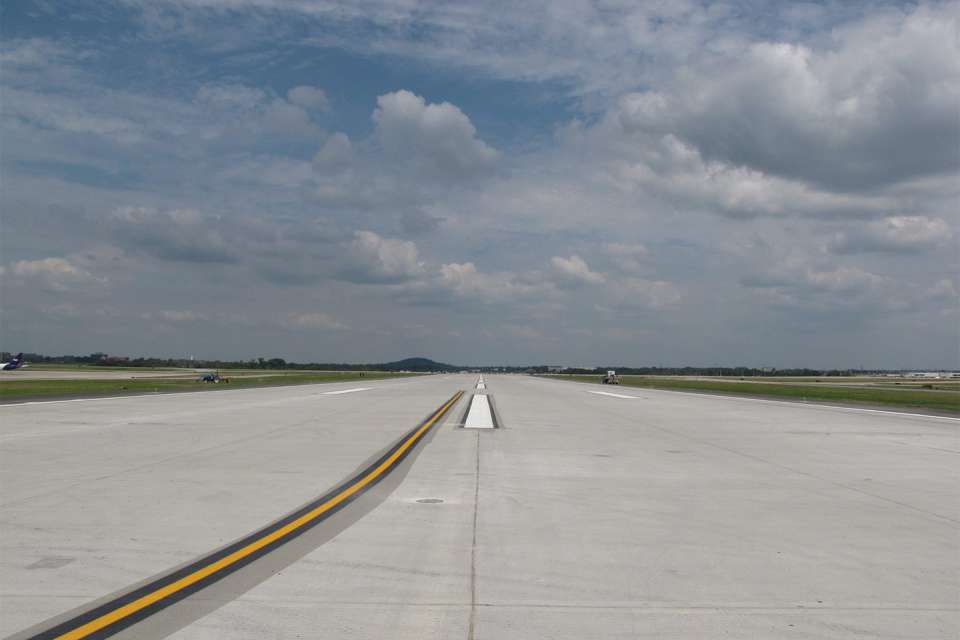
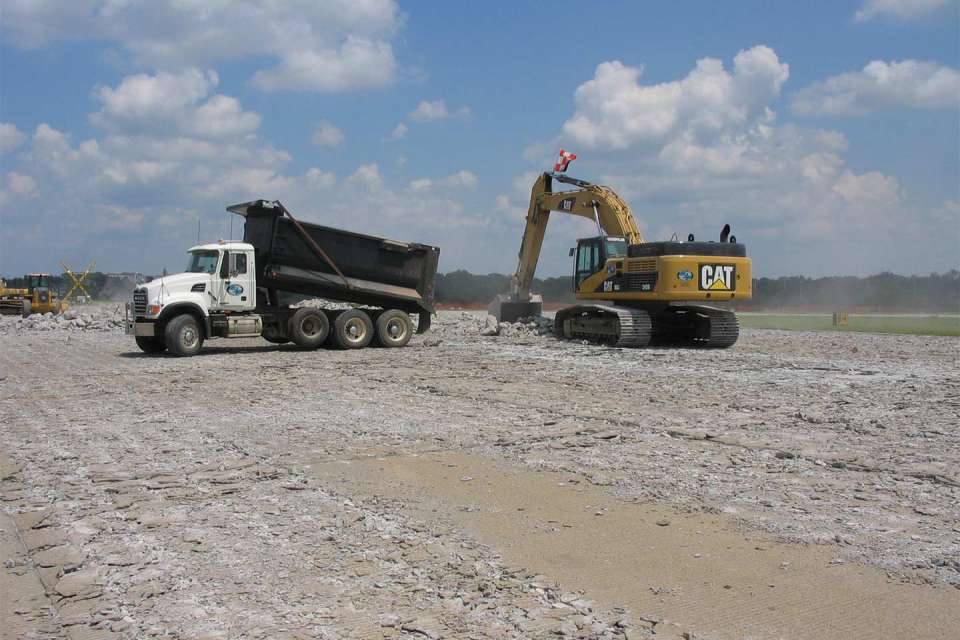
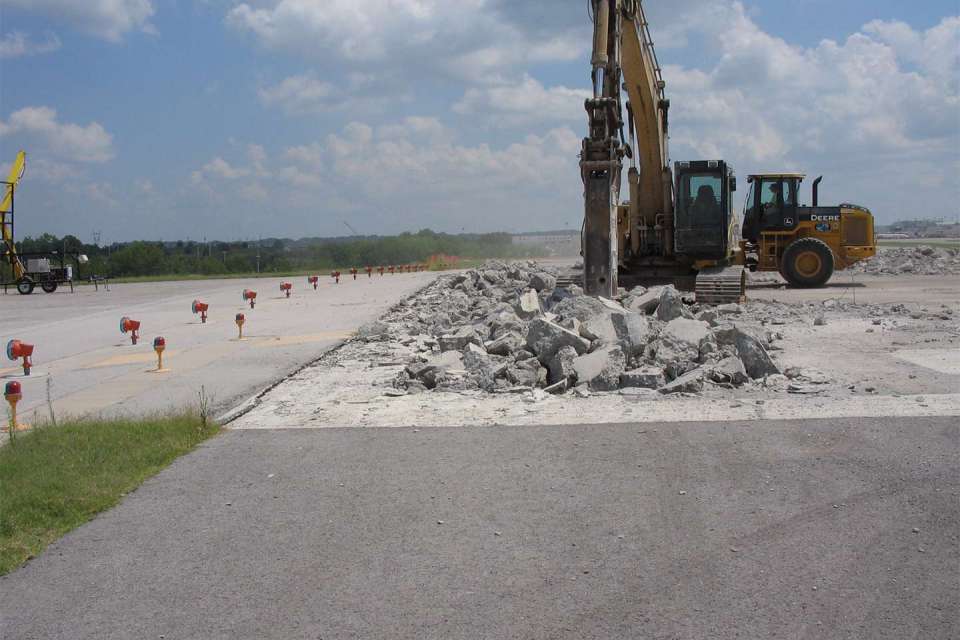
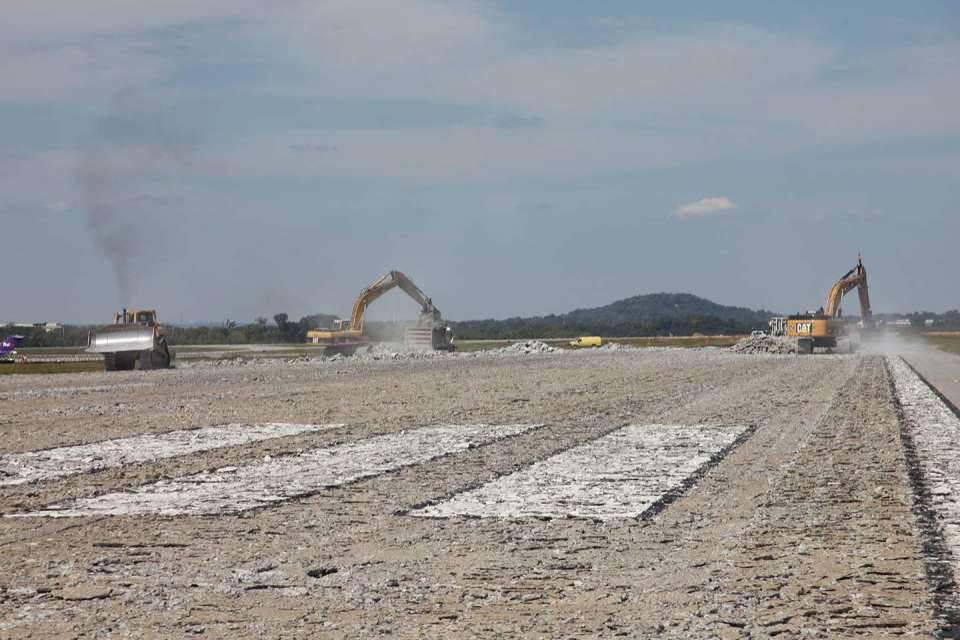
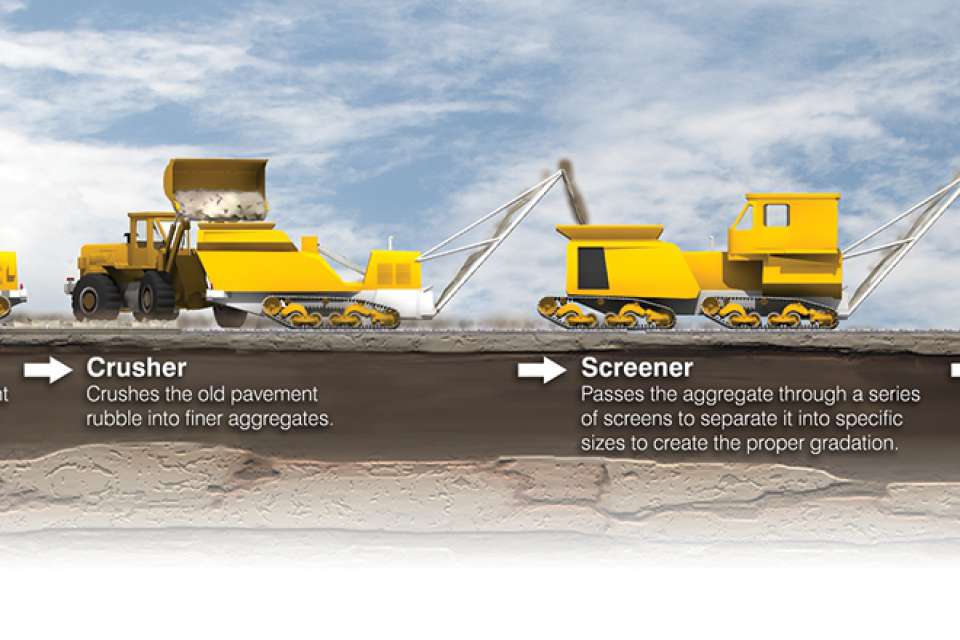
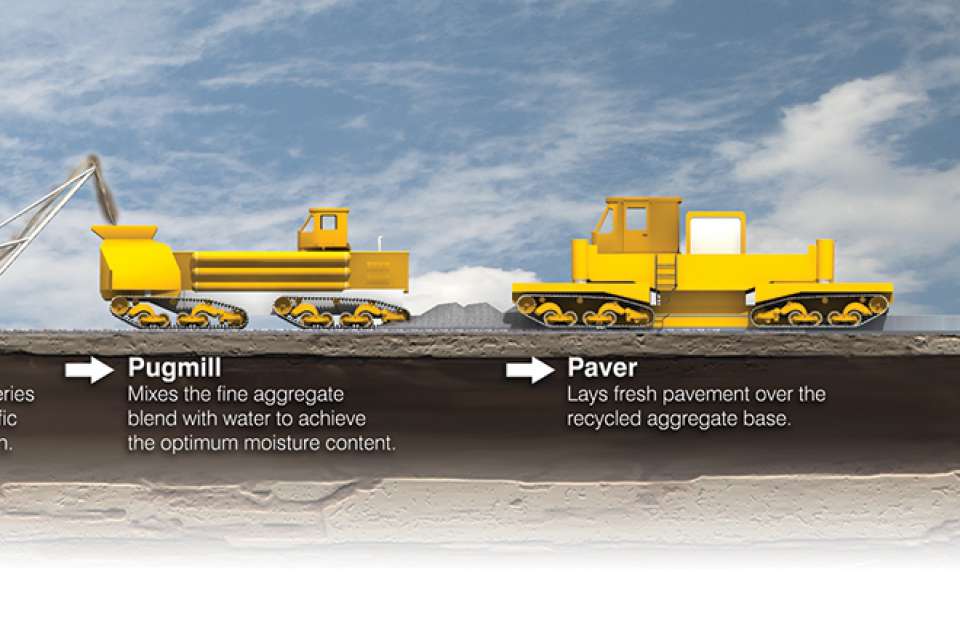
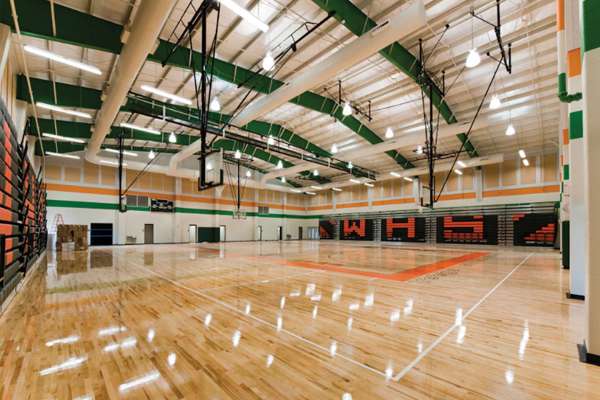



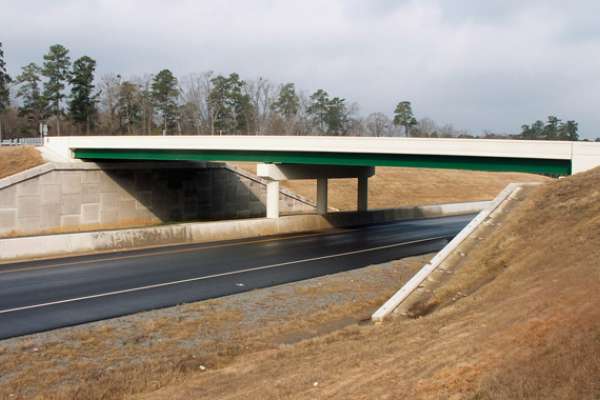

Share this article